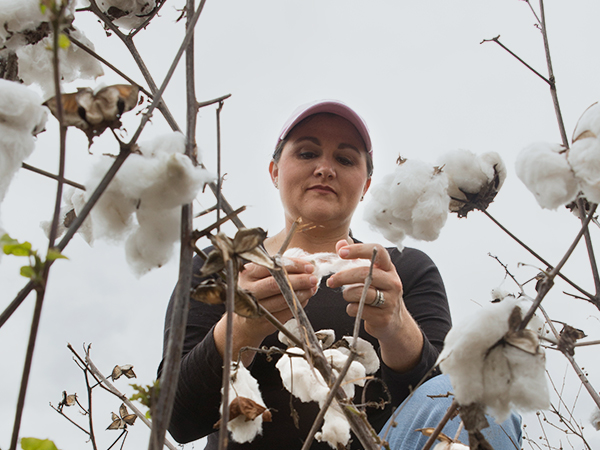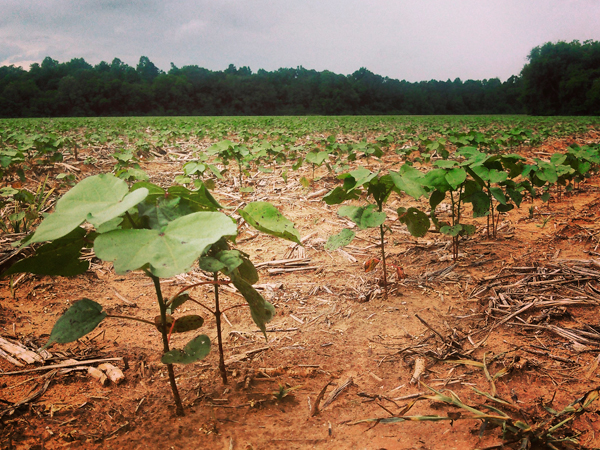
Custom Crop Protection
In every region, during every season, for every crop—farmers are almost always thinking about crop protection. The interactions between weeds, disease, insect pests and weather pose formidable challenges to farmers. Each season presents unique circumstances that require a customized mix of solutions.












